Have you fallen victim to fast-food marketing and convenience foods? Would you like to improve your health and make a plan to get back on track with smart grocery shopping? Take responsibility for adequately nourishing your body with these seven clever tips on buying nutritious foods.

This post may contain affiliate links, which means I can receive a commission from any purchase made from the links. As an Amazon Associate, I earn from qualifying purchases. See the disclosure policy here.
This post is all the best foods to buy each week.
Fresh, good foods give our bodies everything they need to function well. Fresh and healthy food, like frozen fruits, is perfect for the job! Buy organic foods at the grocery store whenever possible, and opt for frozen vegetables when you cannot find fresh vegetables.
Are My Groceries Healthy? Here are the Best Foods to Buy This Year
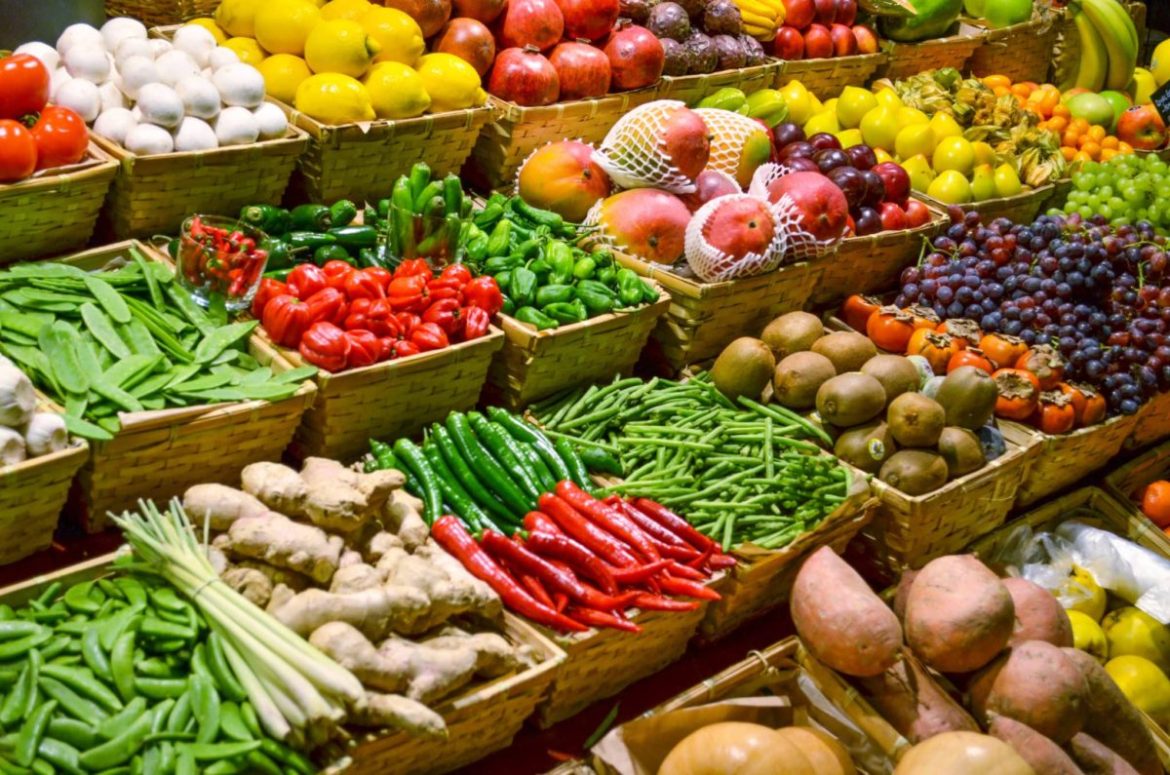
Diet is a Quick and Measurable Way to Improve Your Health
We live in a time of incredible technological advancements. Technology is rapidly evolving, and much is being learned about the human diet and disease prevention.
Diet is a measurable way to improve health. The key is to start buying the healthiest foods available to give your body what it needs to keep up with our modern lifestyles!
So, if you are overweight and feel like crap and wonder why your doctor hasn’t asked about your diet, it is because he or she has not been trained to do so.
Learn exactly how to buy healthy food on a budget with these tips. This post is all about the secret to purchasing healthy foods without overspending.
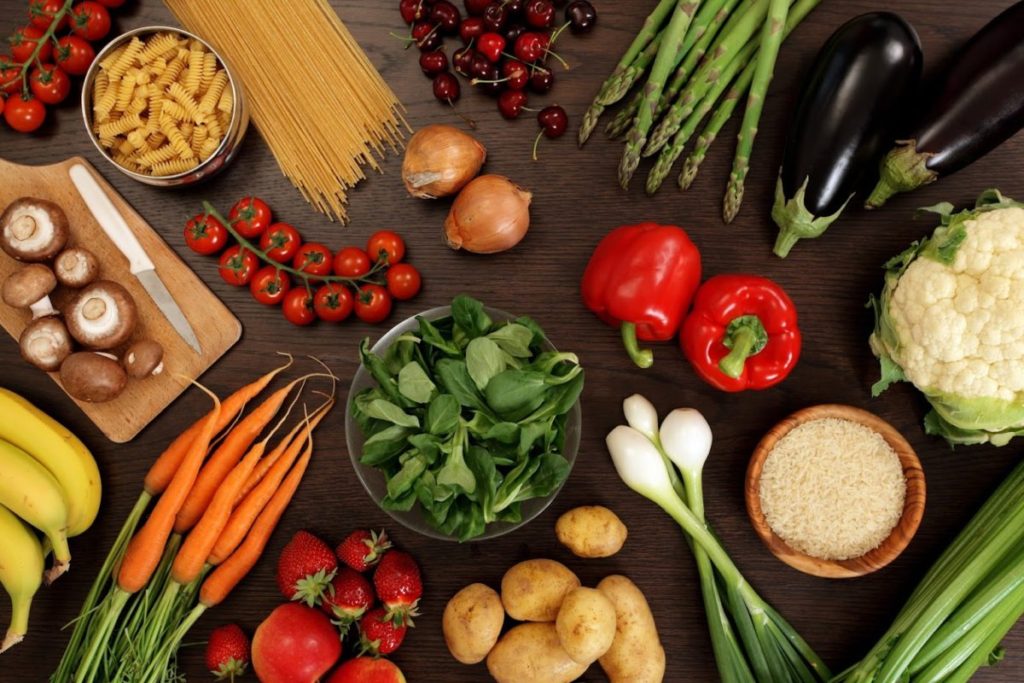
Tip #1: Be a Wise Consumer
Ignore the Marketing. How do you buy food? If you are sitting at your desk listening to Spotify, and the McDonald’s ad made your mouth water, you are a victim of marketing.
If the food has a paid advertisement, it is a business. Its interest lies in making a profit.
Color Psychology in the Food Industry
In marketing, bright colors, such as reds and yellows, are used to grab attention, evoke feelings of comfort and hunger, and get people to buy a product without even thinking about it.
So vote with your money when buying food. That is, support local farmers and businesses you enjoy supporting, and don’t fall victim to the sway of advertising.
The next time you see the Golden Arches, remember their marketing strategy!
So, stop wasting money on foods that harm your health, and start investing in things that bring you joy and improve your health!

Tip #2: Retrain Your Brain
Are you familiar with the reward pathway feedback loop in our brains? Dopamine is a neurotransmitter that, when released, creates a feeling of pleasure.
The more a person repeats an addictive behavior that signals a release of dopamine in the brain, the more reinforced that behavior becomes.
Addiction is a biological process that changes our brain chemistry and behaviors. The same reward pathway is activated, Whether from using drugs, scrolling social media, or having that sugary treat every afternoon.
Wean Yourself Off Refined Sugar For Good
Kick the addiction and get in control of your brain. Sugar shouldn’t be considered a “treat.” Think about this before shopping for food. If you feel like a victim of sugar, then recognize it as an addiction and treat it as such.
The next time you reach for a cola or cookie after taking a break from sugar, your tastes will have changed, and that sugary treat will be too sweet and not nearly as enjoyable as you thought it would be.
Avoid added sugars at the grocery stores! Some marinara sauces contain up to 12 grams of added sugar.
Pro-tip! Shop for organic labels. These tend to avoid additives (like sugar!) and are healthier than similar products or brands. It helps to simplify the process. Be aware that some organic labels even have food additives. (For example, I noticed an organic dairy brand uses fillers like gellan gum to compensate for a lower fat content in their heavy whipping cream).
Tip #3: Eat a Rainbow of Nutrients with Colorful Foods
We were told to eat our vegetables as children, and now we tell our children to do the same.
SO EAT YOUR VEGETABLES.
This does not include processed, packaged items that promise “a whole serving of vegetables!”
Everyone should eat a variety of veggies. Eat them raw and cooked, and do your best to eat them in season and as fresh as possible.
Start with greens. Add spinach or kale to smoothies, stir-fries, soups, and beans to get the nutrients into your food. They tend to take on the taste of other foods and are easy to blend into recipes if you aren’t a greens fan.
Buying seasonal foods can be a great way to support local growers and get nutrient-dense produce. Here is a helpful guide to shopping in season.
Eat one big salad every day.
Top it off with nuts and seeds such as ground flax, hemp seed, and pecans. Include red and orange bell peppers, carrots, purple cabbage, red onion, olives, and banana peppers.
Try sweet potatoes in the oven and even in soups! They make great mashed potatoes, French fries, and potato chips!
Eat berries every day. Buy raspberries, blackberries, blueberries, strawberries, cherries, and grapes that are all colors, and eat them in smoothies, on oats, and as snacks.
Learn as much as possible about nutrition, and focus on buying nutrient-dense food first.
Tip #4: Make a Plan and Shop in Bulk
Meal planning is a great way to improve your health and stay on track to buy healthy food. Write down 14 dinners and a few breakfasts that you love, and use this list to create a master shopping list.
Once you have a constant stock of all the ingredients, you can make meals effortlessly at any time. Preparing your list will take time and effort, but you will save time and energy in the future.
No more decision fatigue and extra trips to the store with the chance you will opt for take-out.
I advocate buying in bulk for specific items that can be stored away and saving money in the long run. This is a big way to save money, shipping, and packaging waste. Buy dried beans and whole grains (organic!) from farm co-ops like Sun Organic Farm. They have long shelf lives, are super affordable, and you get an impressive amount! What a wise choice!
You can find great and sustainable products on Organic Amazon, too. Learn how to find the best, most eco-friendly foods on Amazon below!
Be practical. Plans change, workdays get busy, and things will spoil and end up in the trash. For perishable foods like meats and produce, buy what you will use in one or two weeks.
If you have a deep freezer, buy more when you find a sale.
Are you throwing good money away? Learn more about the environmental cost of food waste and what you can do to improve how your life impacts the planet’s health.
Tip #5: Focus on Nutrient-Dense Foods
In another effort to spend money wisely when buying food, consider the investment you make each time you go to the grocery store. For example, when shopping for a car, you want to get the most value for the money.
We bring intention and mindfulness to the weekly task by applying this concept to food shopping.
First stop: the produce section! Look for a rainbow of fruits and vegetables. Focus on buying foods that supply the most nutrients first. A plant-based diet is brilliant for disease prevention and sustainability, but that doesn’t mean you can’t eat good meat-based protein sources! Next, cover your bases with protein-rich foods and quality fats.
In short, once your “needs” are met, you can focus on your “wants.”
If you have health issues, it may be your gut microbiome. Find out more information and tips on how to eat for good gut health.
Tip #6: Revise Your Food Budget
Frugality is a great practice. Waste not, want not are words to live by. Importantly, frugal and cheap are not the same.
Did you know that the United States spends less money on food than other Western countries?
This is for many reasons, but Americans consume more meats, grains, and high-fat foods than the FDA recommends and eat cheap, fast foods versus whole, natural foods.
Thus, revising your budget might be necessary to prioritize your food needs. Chances are, you are spending too much money on poor-quality foods and not enough on natural, nutritious food.
When you consistently prioritize your health, your life will change.
If you eat meat, consider where and how it was created. Animals in poor conditions eating a poor diet should not be considered food. After all, you are what you eat.
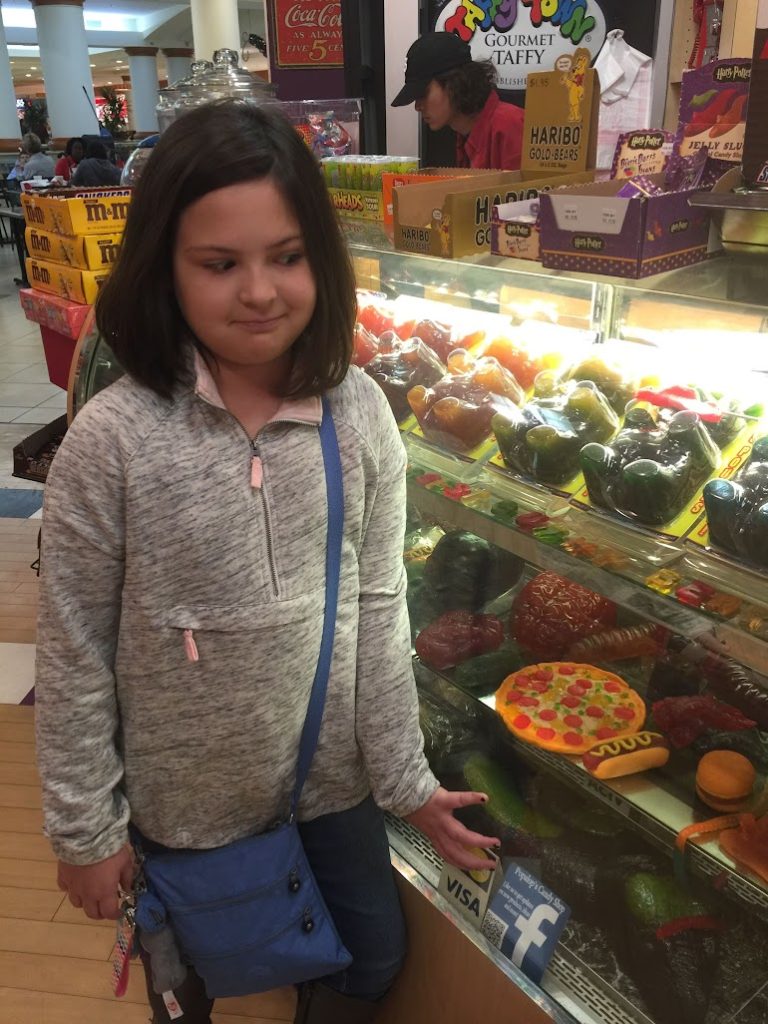
Tip #7 Learn More About Healthy Food
Fun fact! Chickens are not vegetarians.
The amount and quality of meat and eggs you consume are significant. Choose wild-caught fish like salmon and trout, pasture-raised beef and poultry, and wild-game first and foremost. Buy organic if you cannot find pasture-raised animals and eggs.
Pro-tip: Your plate should consist of 75-80% plants and 20-25% meat, not the other way around.
Cage-free, vegetarian-fed eggs sound attractive, but they are just a marketing tactic. In my experience raising chickens, they are mighty hunters and prefer high-protein insects and worms. The best eggs we have produced come from our free-ranging chickens, who have unlimited insects and daily treats like black soldier fly larvae. (Chickens will also eat snakes and mice!)
Why buy pasture-raised poultry, meat, and eggs?
Conventionally raised meats are fed conventionally-farmed GMO grains and soy grown with dangerous broad-spectrum herbicides like Round-up (Glyphosate).
Glyphosate kills off other life in the soil, such as microbes and fungi, and has been shown to harm the biology of invertebrates, amphibians, and mammals. Residues of this nasty chemical are frequently found in the environment and even in human urine.

Farming this way decimates the entire ecosystem of that land and leaves the soil in poor health. To stop eating processed foods made from corn, soy, and other nutrient-depleted, pesticide-laden crops, you must also consider the meat you eat.
Overconsumption of these products could contribute to the modern health crisis with chronic diseases such as cancers, heart disease, and autoimmune disorders.
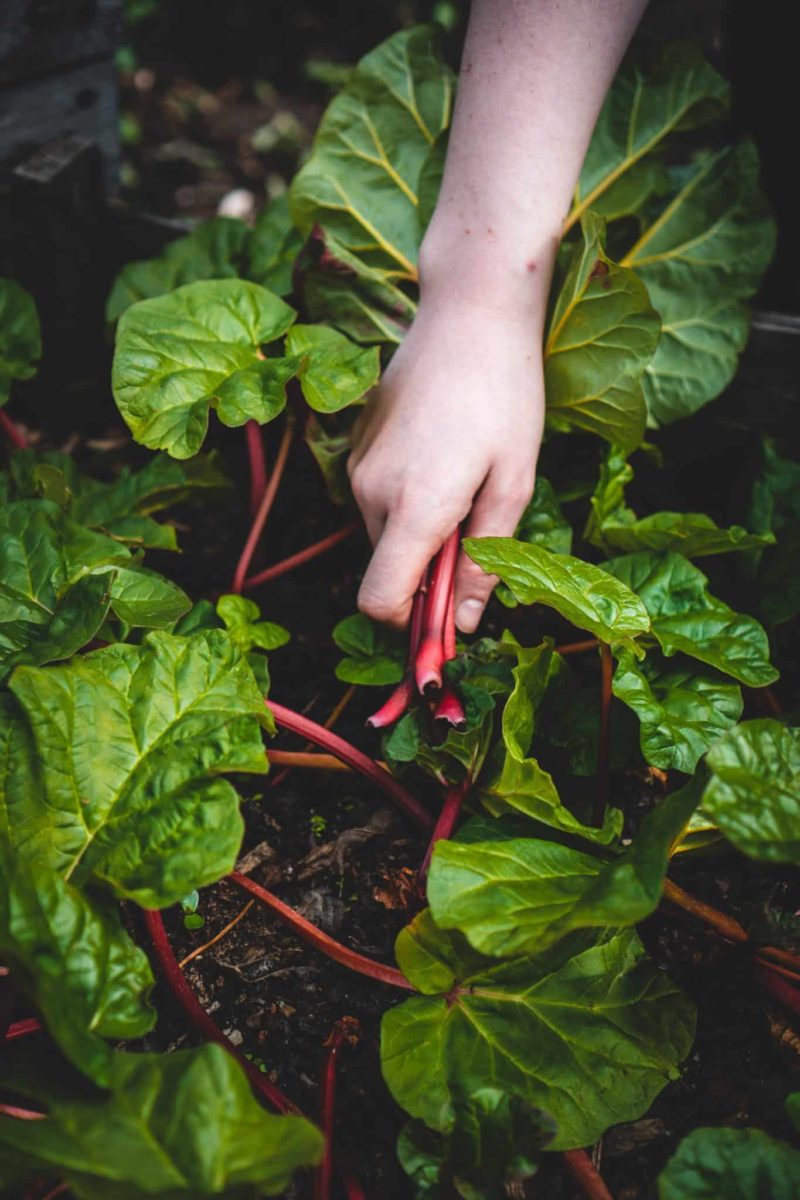
Sustainable Food is Healthy
“Do the best you can with what you have, and when you know better, do better.”
Maya Angelou
Go for it if you can grow food and raise or hunt meat and fish. It is the most responsible and sustainable way to do it. That is a luxury that most of us do not have.
However, gardening can be done in many ways by just about anyone. It is so rewarding. You could grow greens and herbs on the windowsill, microgreens in the kitchen, and tomatoes, peppers, or strawberries in containers on the porch.
A Google search can help you locate a community garden you could join. Even better, you could start your own!
The next best thing to growing your food is to support the farmers and businesses that provide sustainable food brands.

This post is all about clever ways to buy healthy food in a world of fast and ultra-processed foods.

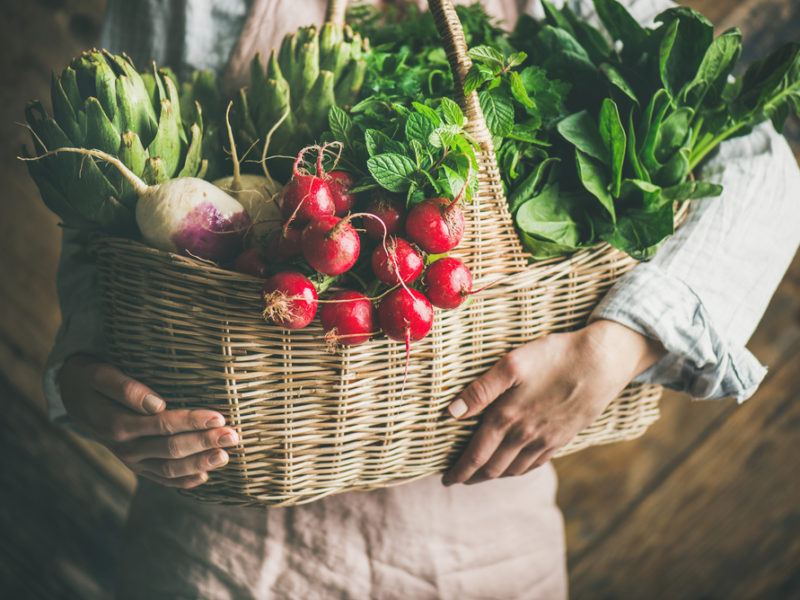
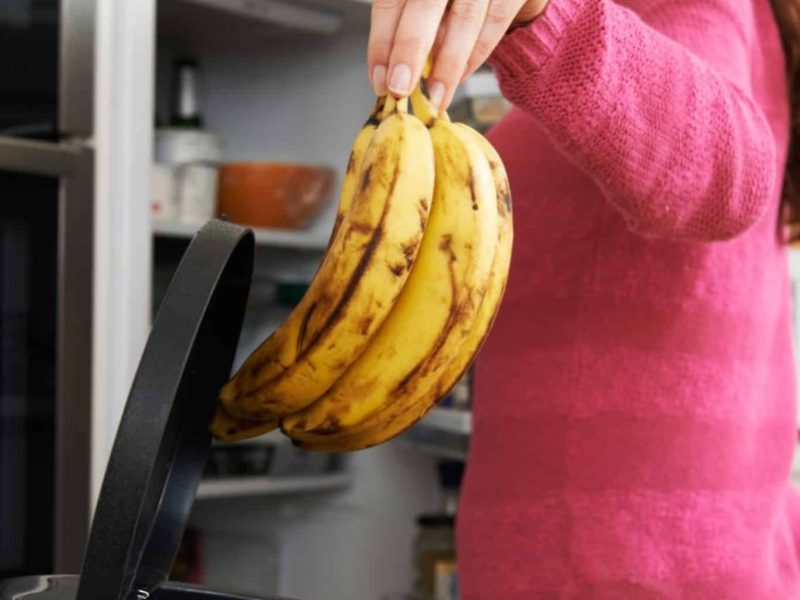



These are all good tips to consider, and I’m glad that you made that distinction between cheap and frugal. They aren’t equivalent, especially in regard to healthy eating.